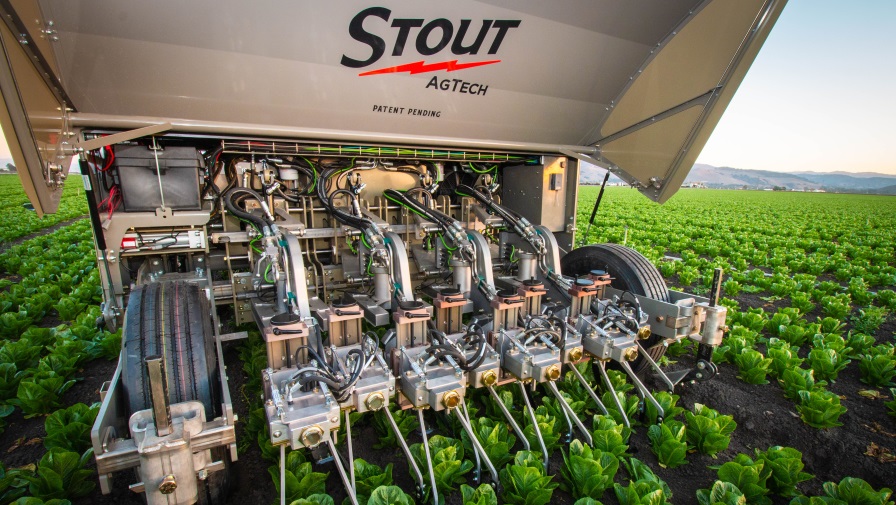Time For Tying Young Almond Trees
Good pollination weather has set a nice crop in many almond orchards this spring. However, warns the University of California Cooperative Extension’s Joe Connell, vigorous growing young trees that load up for the first time could be in danger of suffering substantial limb breakage with the first heavy crop.
Connell, a UCCE farm advisor in Butte County, says this problem, if anticipated, can be most easily avoided by tying in advance of the need. Nut fresh weight will reach the maximum in about mid-June and remain high until hull split when hull drying begins.
To save bending secondary and tertiary scaffolds, it may be necessary to temporarily prop them up and secure them in the desired position with a loop of tree rope. If tertiary scaffolds come down and remain bent over, vigorous watersprouts will push near the bend in the tertiaries which can result in the loss of those selected tertiary limbs as permanent scaffolds.
Now is the time to save the crop and the framework you’ve spent the first few years developing. Ties must be placed high enough around the perimeter of the canopy to support and maintain the desired framework if the effort spent is to be worthwhile. Ties placed too low will save the primary scaffolds but may still permit the loss of secondary or tertiary limbs.










